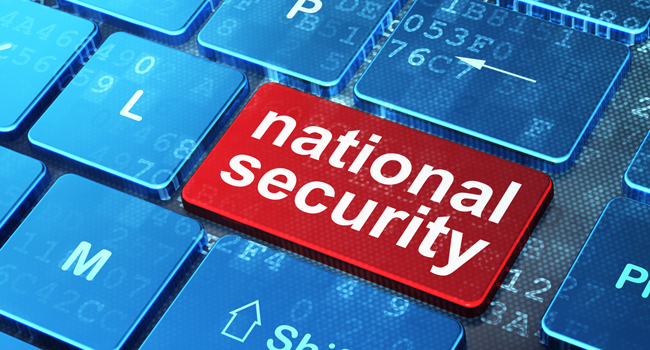
Obama’s Security Strategy Features Robust Leadership, Limitations
The President’s second, and final, national security strategy focuses on limiting how much the United States can shape world events
- By Matt Holden
- Feb 06, 2015
President Obama’s second national security strategy will lay out a blueprint for American leadership during his remaining tenure in office as well as recognize the limitations of the United States in terms of shaping world events, according to reports. This will be his final security strategy while in office.
His strategy will defend the handling of crises like those in the Middle East and Ukraine while noting the need for balance with focus on challenges such as climate change, global health and cyberattacks.
“On all these fronts, America leads from a position of strength,” says his statement. “But this does not mean we can or should attempt to dictate the trajectory of all unfolding events around the world. As powerful as we are and will remain, our resources and influence are not infinite. And in a complex world, many of the security problems we face do not lend themselves to quick and easy fixes.”
This plan has garnered backlash from the opposing party, suggesting that the president should be more assertive in dealing with immediate threats such as ISIS.
President Obama’s first national security strategy, which was released in 2010, focused on ending the wars in Afghanistan and Iraq, rebuilding ties with Russia and reviving the world economy.
The new strategy lists eight top risks to the United States, starting with a catastrophic attack at home while also including climate change, disruptions in the energy market and significant problems caused by weak or failing states.
The strategy calls on the United States to increase its efforts to shape global norms and practices, not only online but also in space and on the seas, where the administration fears that China is trying to dominate lanes of traffic and keep the United States and others at bay.
About the Author
Matt Holden is an Associate Content Editor for 1105 Media, Inc. He received his MFA and BA in journalism from Ball State University in Muncie, Indiana. He currently writes and edits for Occupational Health & Safety magazine, and Security Today.